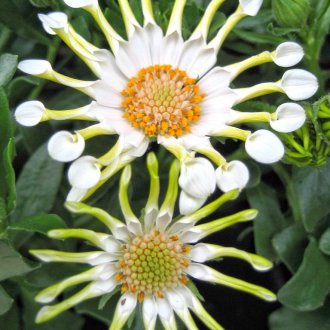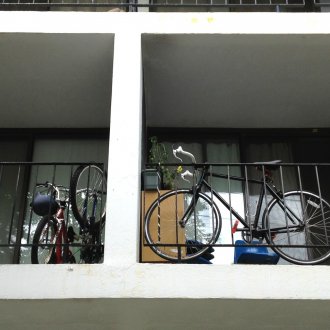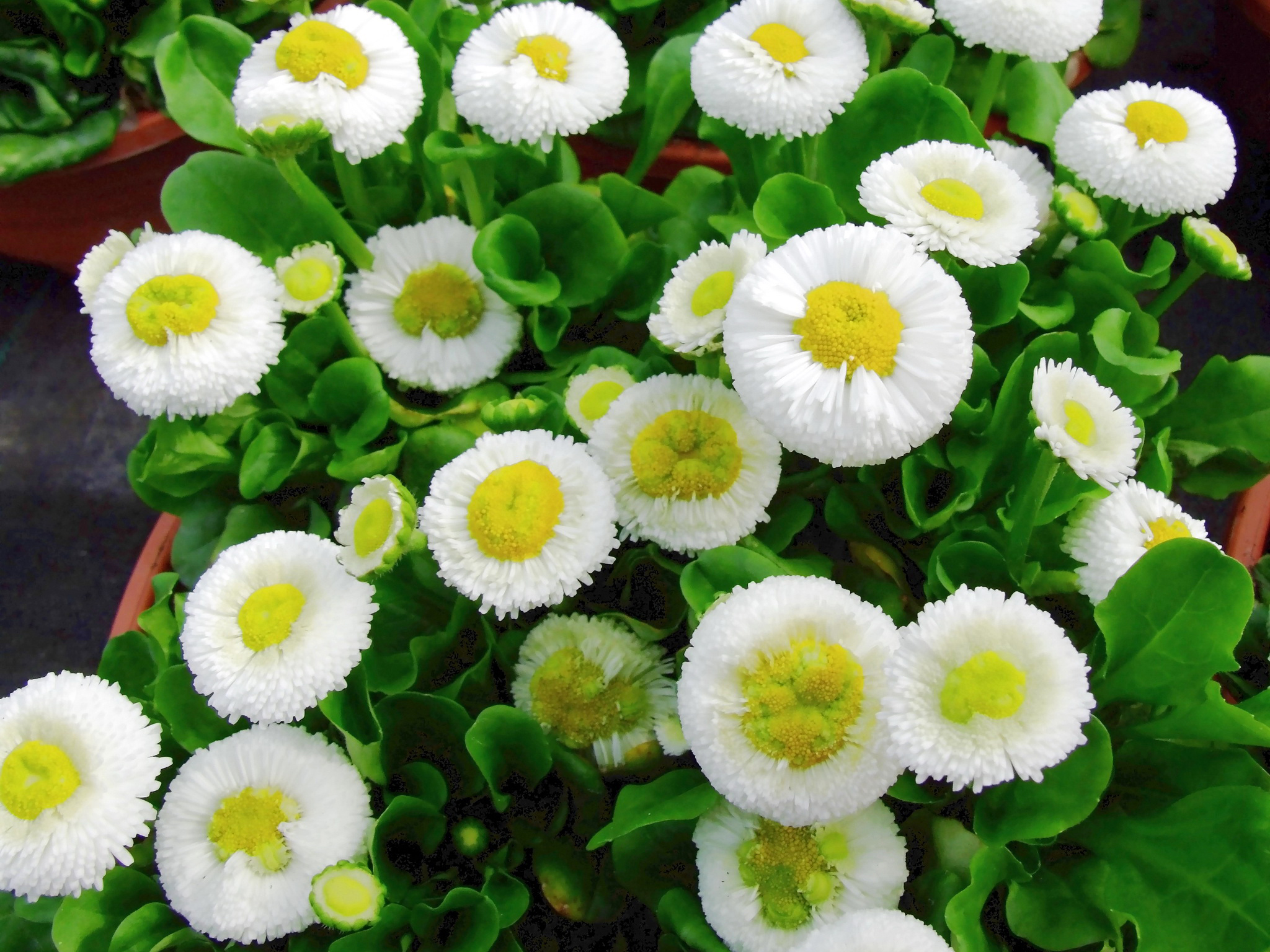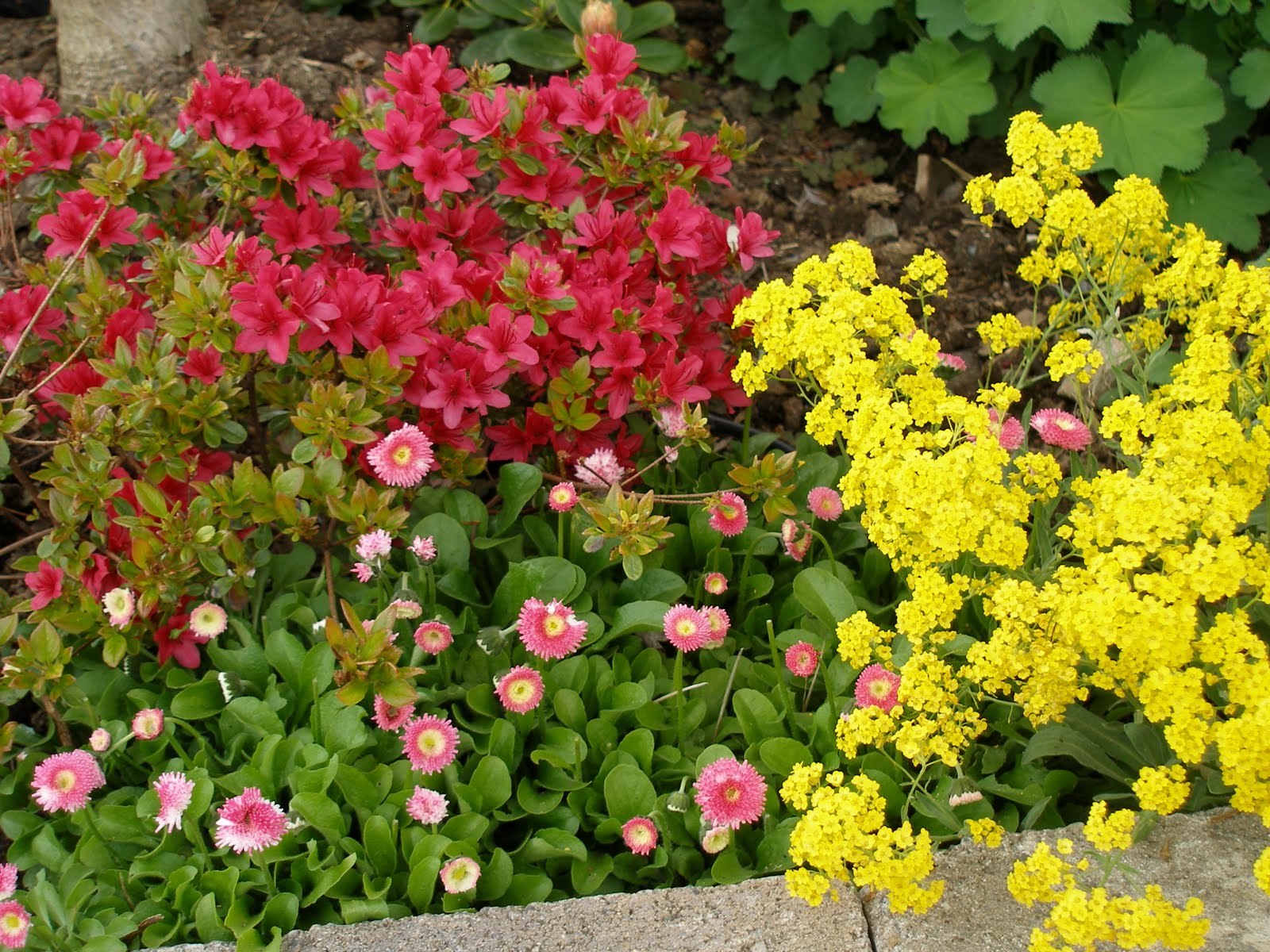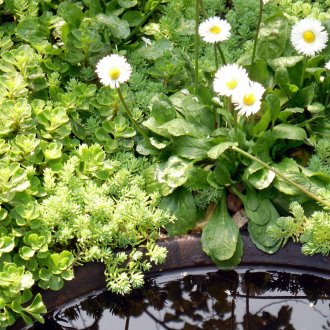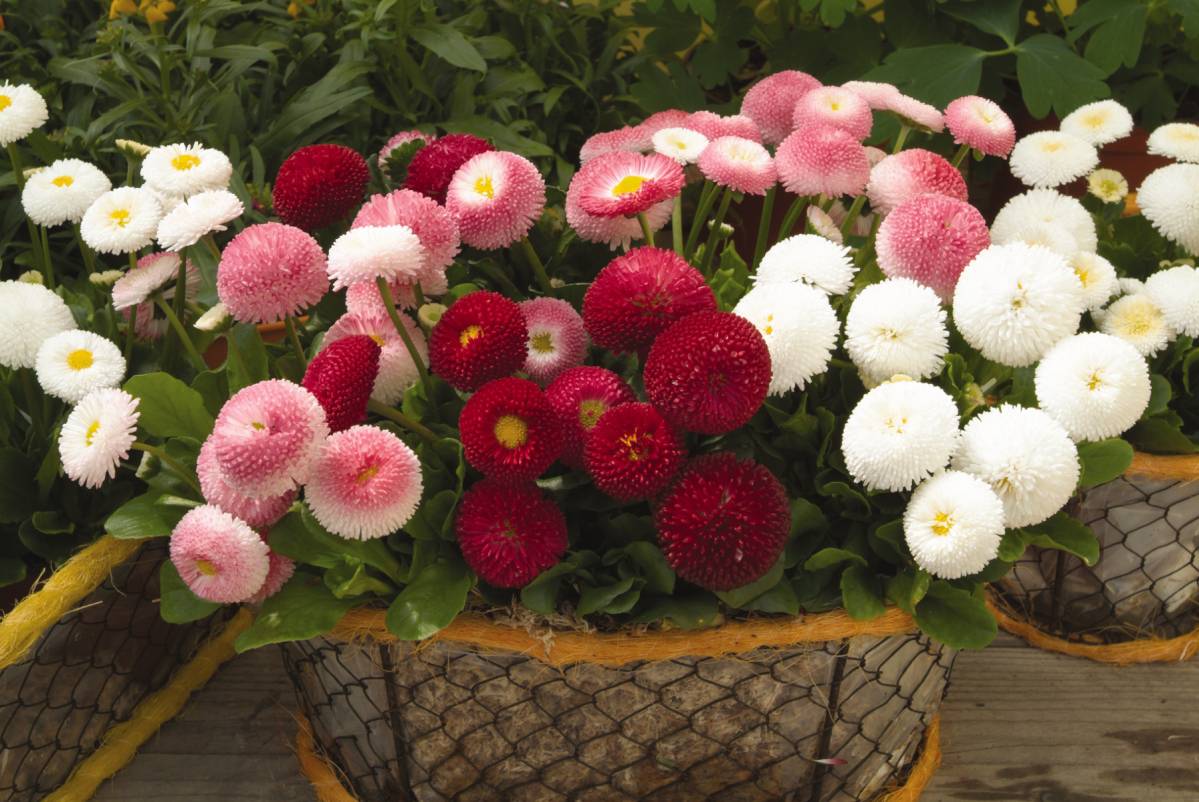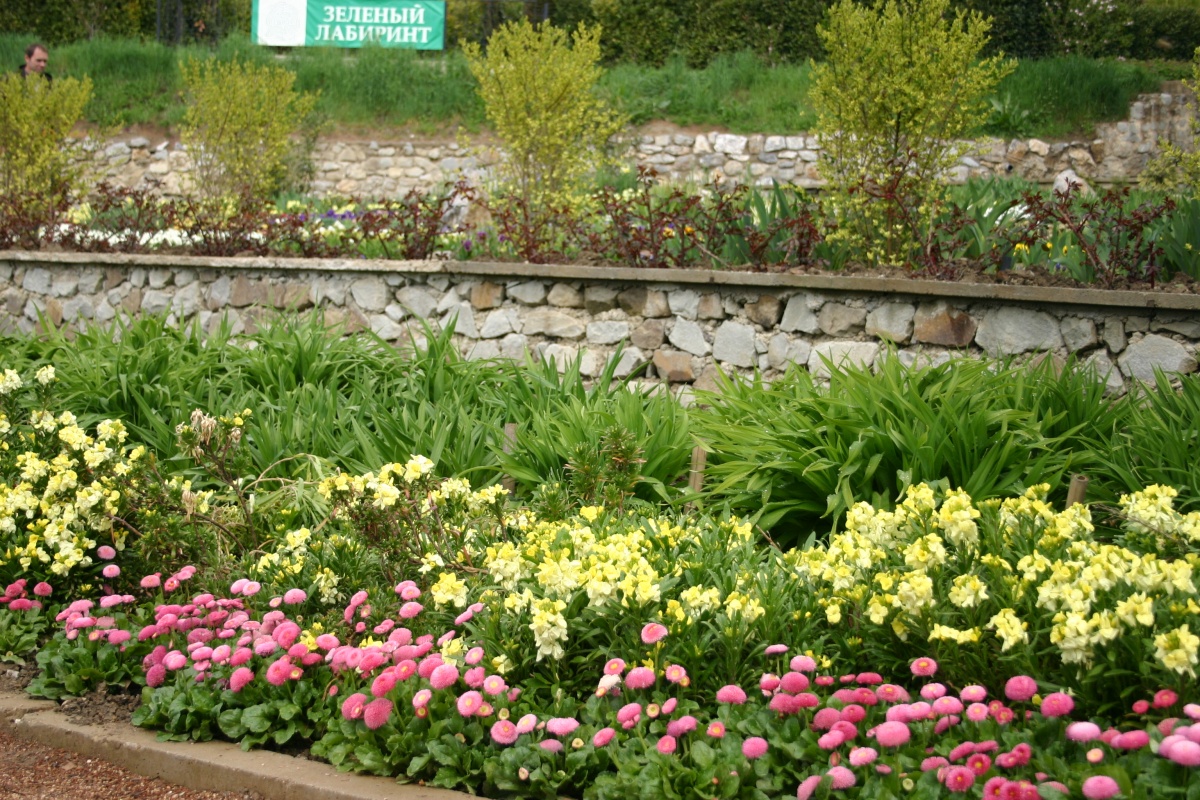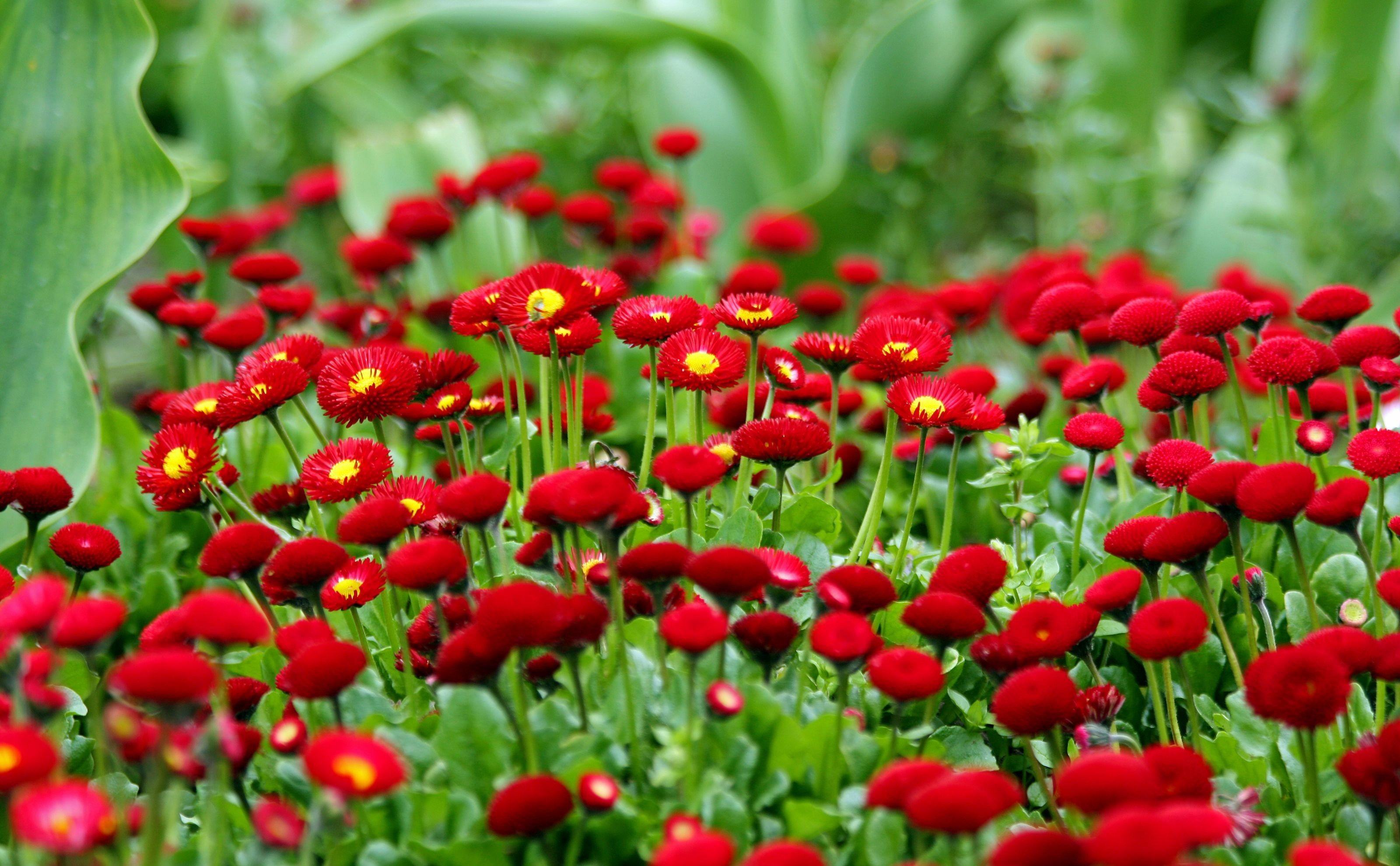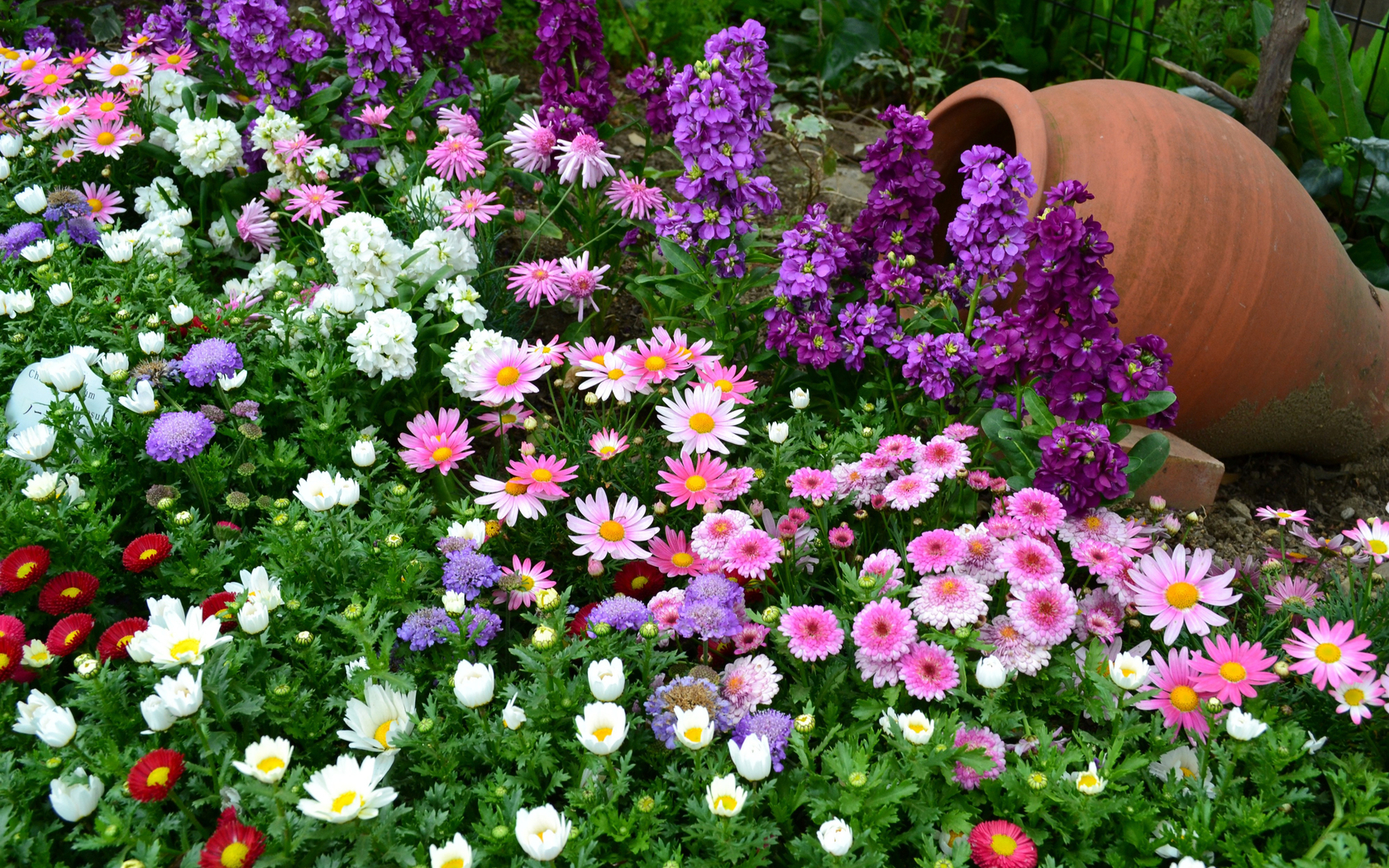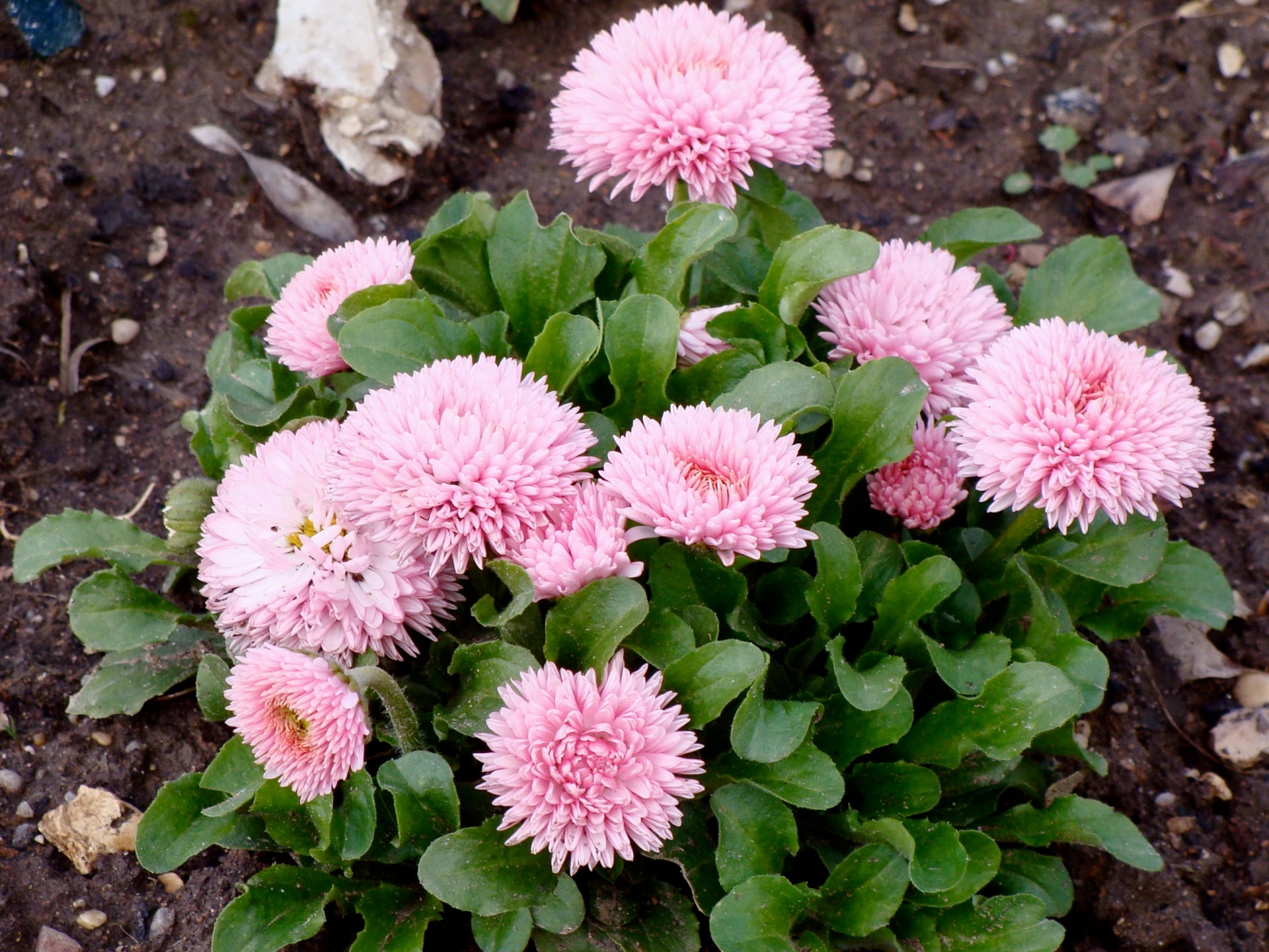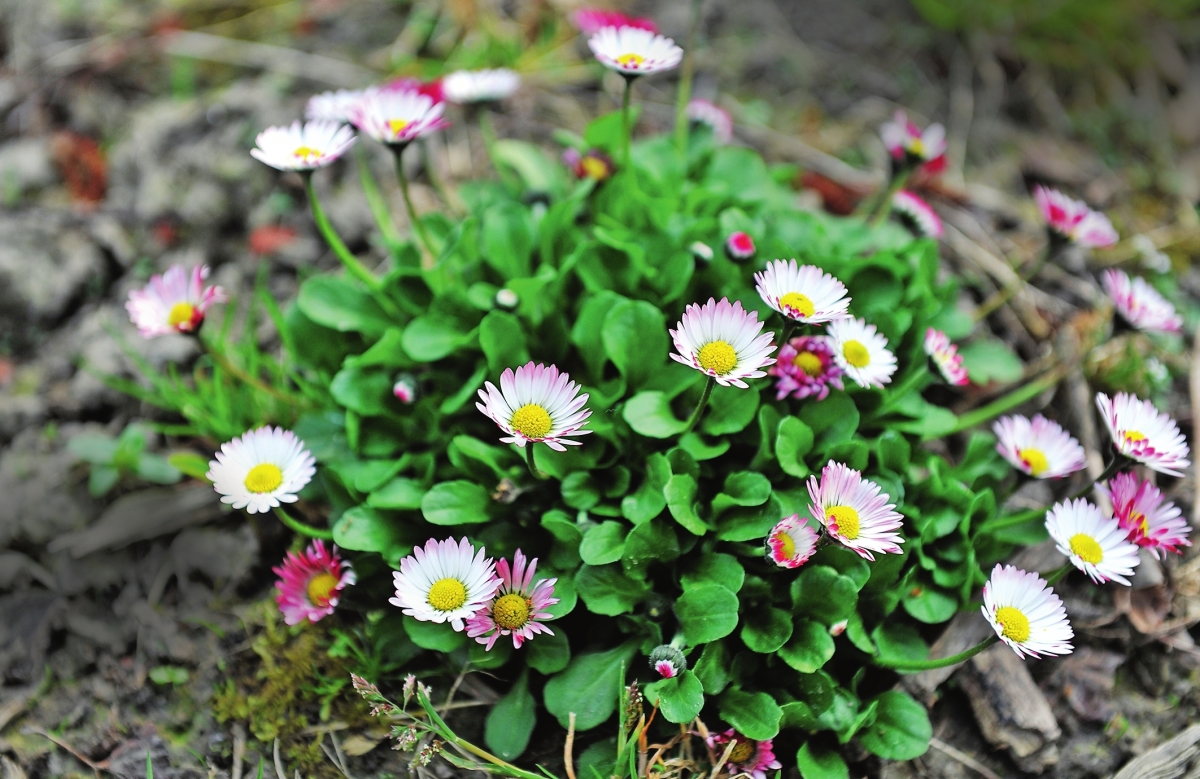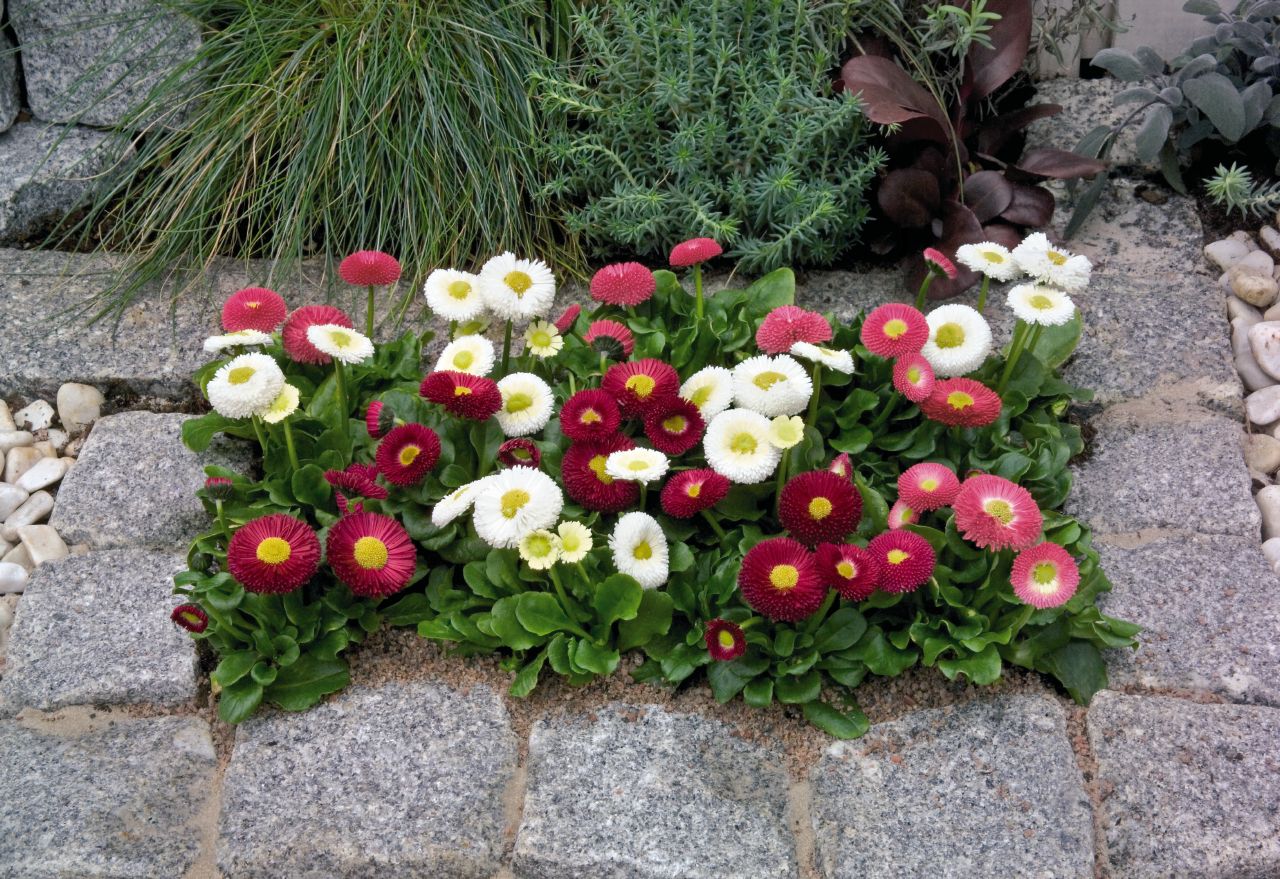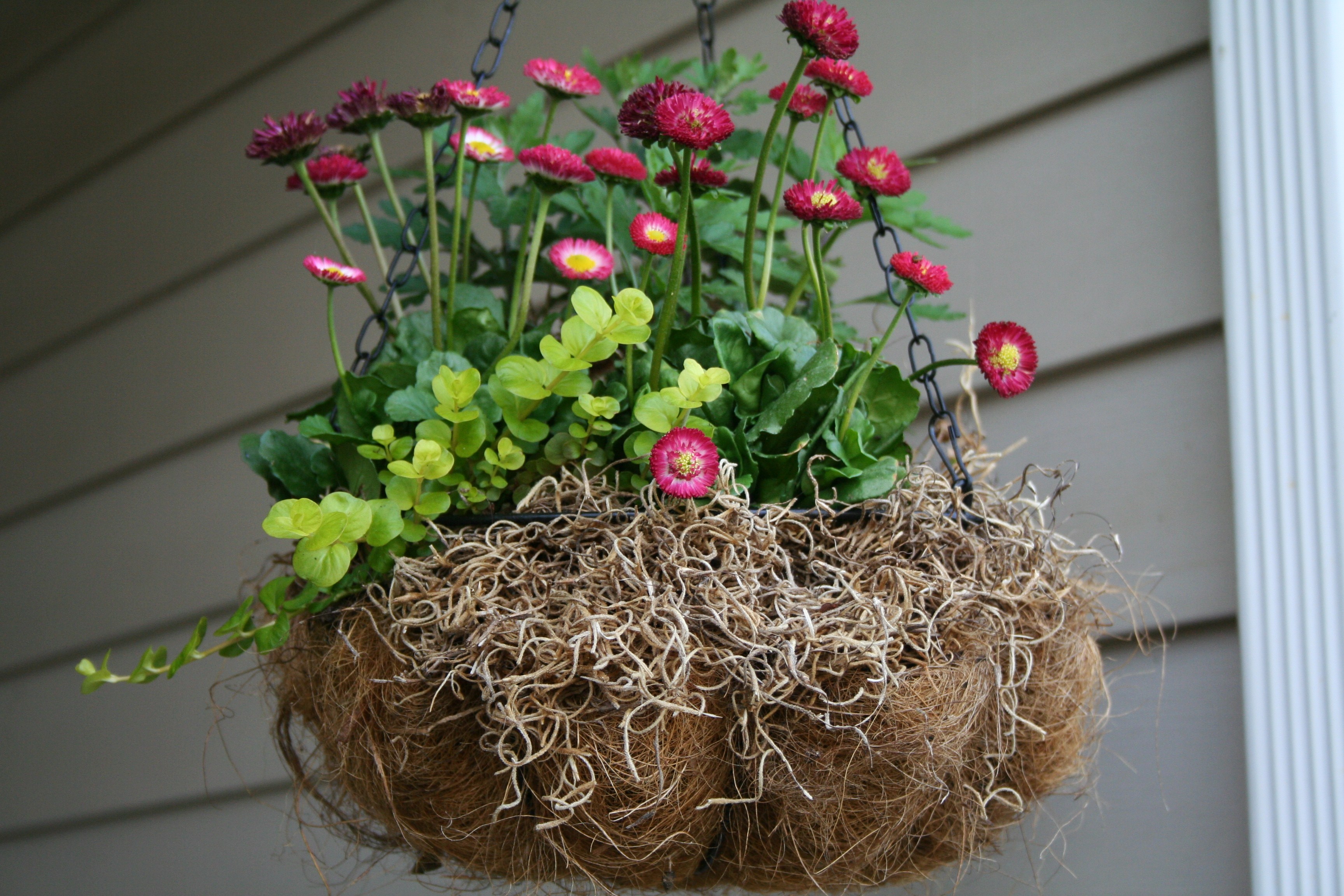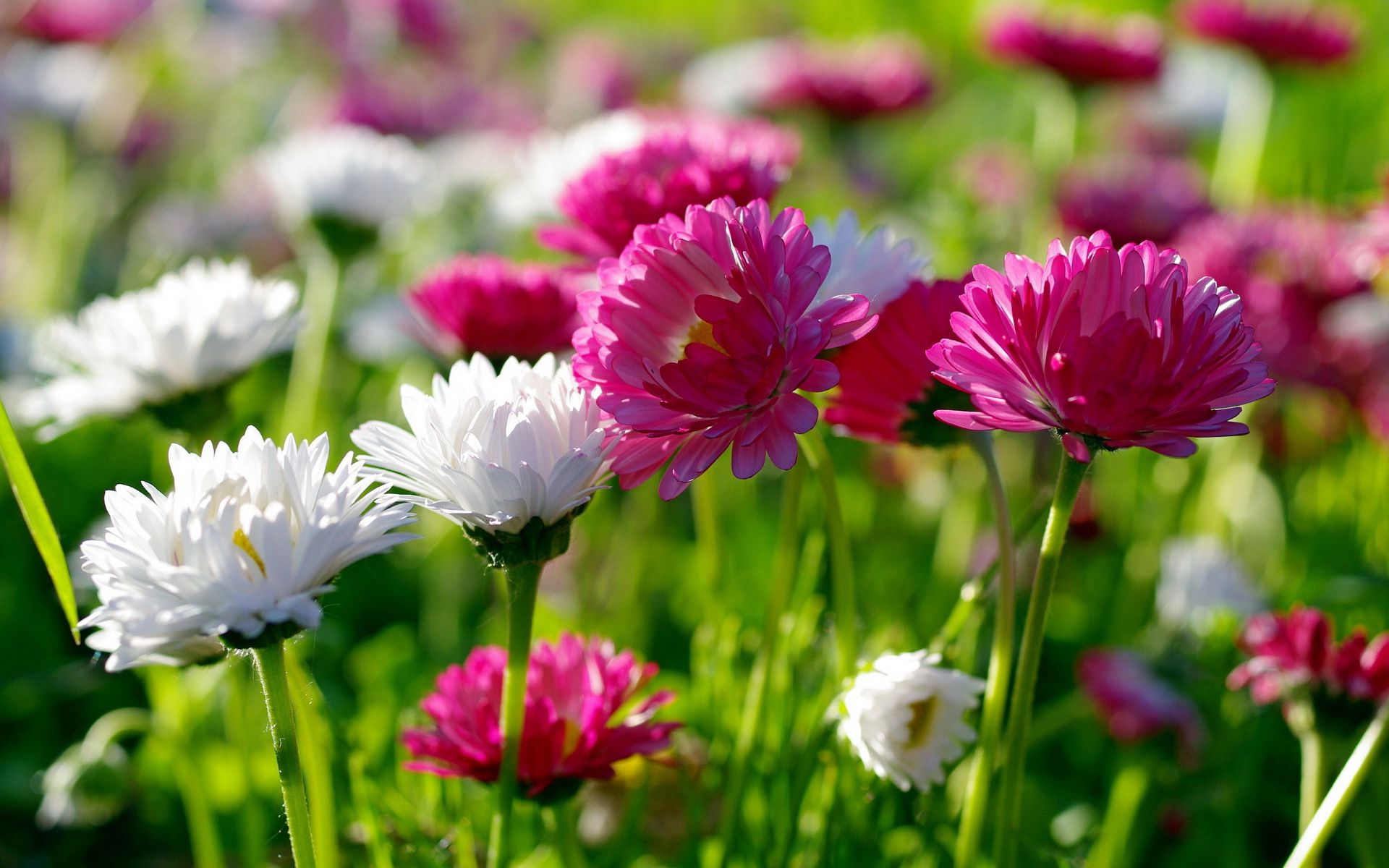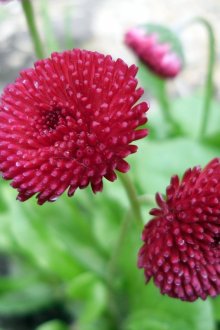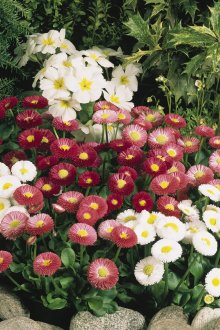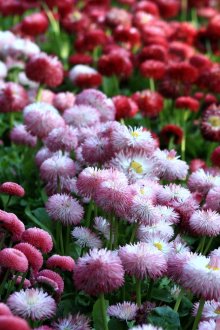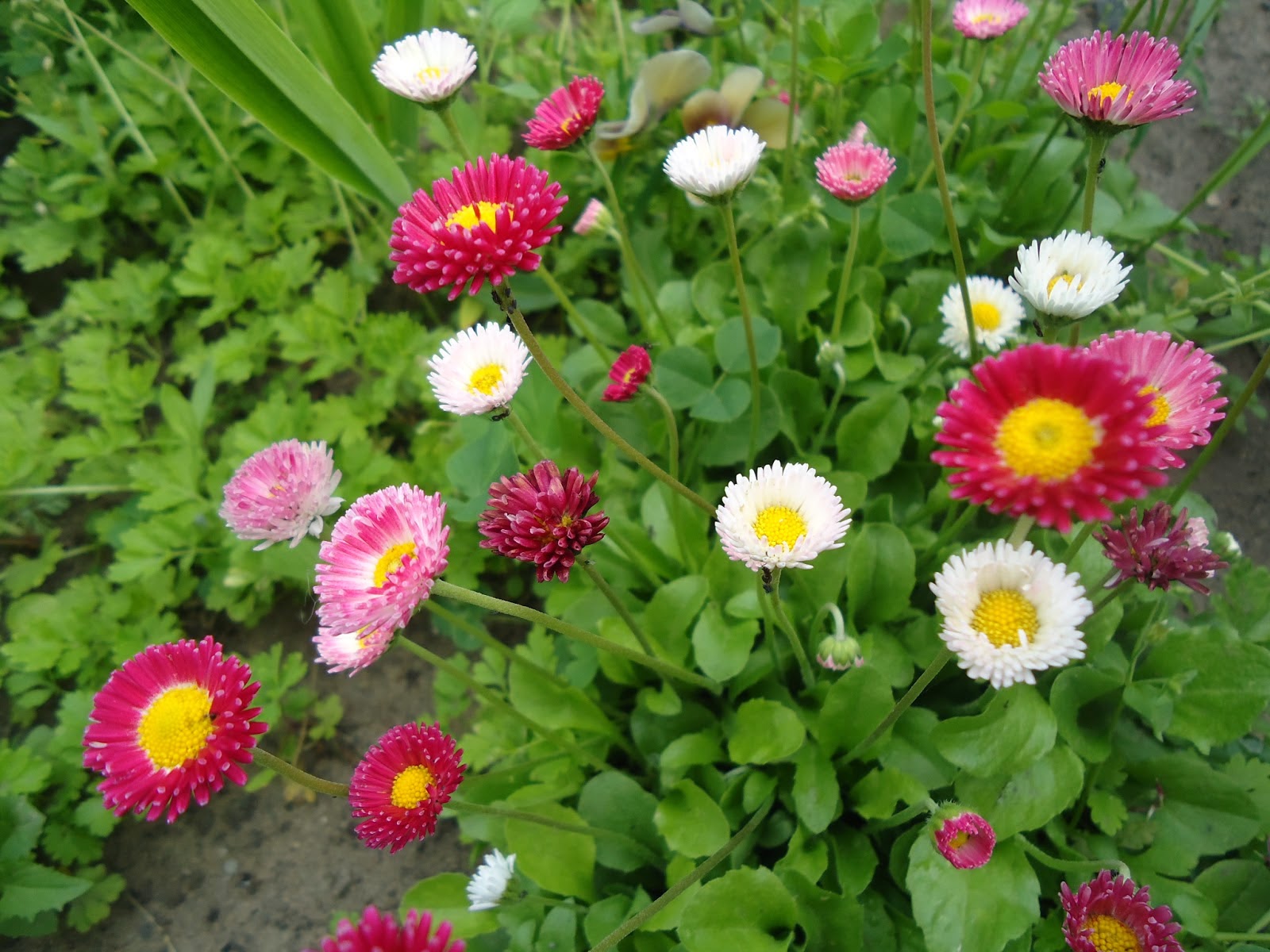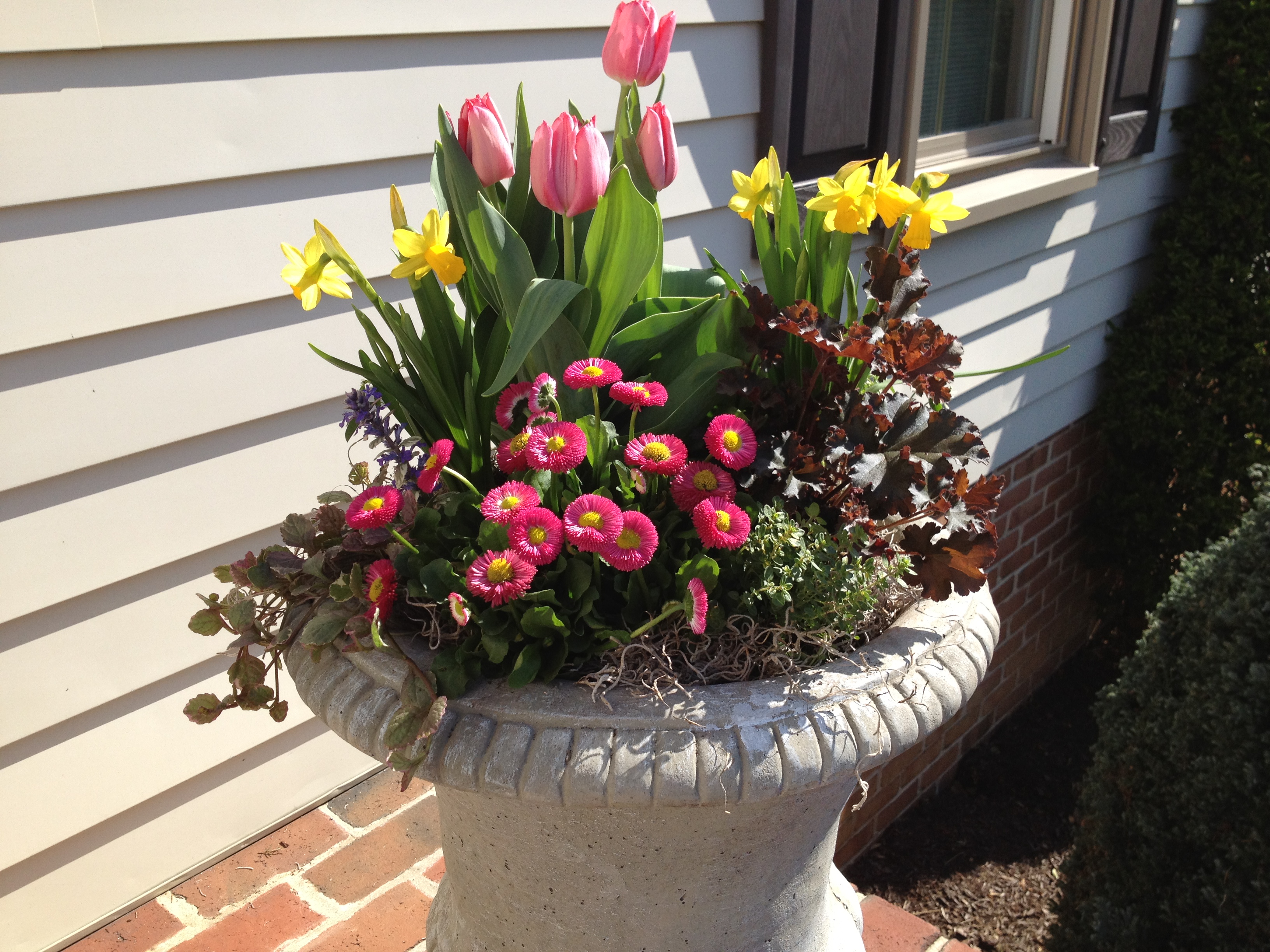Daisies: varieties, planting, care, use in landscaping (20 photos)
Content
Daisy flowers are plants that can decorate any flower bed, garden or summer cottage. There are quite a few varieties and colors. They are unpretentious in care and are able to delight the eye with their flowering for a long time.
What is a daisy flower?
Daisy plants (Latin name “Bellis perennis”) are flowers belonging to the Asteraceae family. The homeland of these plants is Asia Minor and Europe. In the wild, they are found in the form of small wildflowers. Modern flower growers are actively growing about 15 types of decorative daisies.
The height of the daisy bushes can range from 10 to 30 centimeters. The leaves of this plant have a bright juicy color. Flowers can be of different colors, sizes and shapes. The size of the flower of an ordinary daisy is 1-2 centimeters in diameter, however, in some decorative varieties it can reach 8 centimeters in diameter.
Daisies bloom from late April to late autumn. Daisies in the garden can grow for many years in a row. However, experts say that over the years, ornamental plants may lose their varietal characteristics.
In addition to attractive appearance, daisy flowers have healing properties. They are grown not only as a decorative flower, but also as a medicinal plant. They are often used in various recipes of traditional medicine, in home cosmetology, and sometimes even in cooking.
Varieties of Daisies
In nature, there are about 80 different types of daisies. The shape of the daisy flower can be:
- simple (1-3 rows of petals frame the middle of small tubular flowers);
- half-terry (4 or more rows of petals around the middle);
- terry (the middle is practically not visible).
Daisy flowers can have the color:
- white;
- yellow;
- red.
Red daisies can have a wide variety of shades, from pale pink to maroon. Varieties of flowers are also known in which the petals are painted in two colors at once (the main part of the petal is lighter, the ends are darker).
Perennial daisy is the progenitor of all modern species of this flower. On its basis, a large number of types of daisies were bred. Most loved by flower growers varieties:
- Rominette - early large terry flowers that can create a beautiful terry carpet;
- Habanera - terry daisy with a lancet;
- Tasso - a compact plant with flowers in the form of pompons;
- Robella is a stunted plant with baskets of curled flowers.
Also popular among flower growers are varieties such as Pomponett, Schneebel, Rosa Gigantea, Beethoven, Dresden Chia, The Pearl and many others.
Methods for growing daisies
Garden daisies in professional gardeners are considered to be biennial. Those who have already planted these flowers are well aware that they will bloom only in the second year after sowing the seeds. In the first year, a basal rosette is formed in the plant, and after winter, the next year, peduncles grow.
However, specialists in commercial floriculture often use a special cultivation method that allows them to bloom in some varieties in one year.
Traditional way of growing
It is quite easy to grow daisies at home in a seed way. Even a beginner can successfully cope with this task. Flower seeds can be bought at the store or used personally collected.
Collecting seeds from hybrid varieties of daisies is not recommended. Flowers from such planting material will grow, but most likely they will not resemble the flower from which they were collected, since in the second generation hybrid plants most often lose their varietal characteristics.
Sowing daisies in open ground should be carried out when the ground warms up well. Usually this is done in June, since the temperature of +20 degrees is considered optimal for the germination of seeds. The first shoots will appear from the earth in about two weeks.
How many seeds to sow depends on whether the daisies on the flower bed grow immediately, or if you plan to plant them.
The best option is to plant the seeds in separate containers with special nutrient soil. In this case, it is much easier to create ideal conditions for growing and caring for plants and get earlier flowering.
You can place containers at home or on the balcony. To create comfortable conditions, it is better to cover the ground with a film, which should be opened daily for ventilation.
When sowing in a planting tank and subsequent planting of sprouted plants, planting material is significantly saved, since planting and care in open ground involves thinning plants.
Germinated daisies in open ground are planted with seedlings.
Perennial daisies can also be planted by dividing the bushes. This is best done in July or August. The bushes are dug up, divided into several seedlings and planted in pre-prepared holes. At the same time, flowers and damaged leaves from a planted plant are best cut off.
Growing in one year
Professional growers are well aware of how to grow daisies from seeds in one year. An annual daisy is sown at home or in special greenhouses in January or February, and then, with the advent of heat, is planted in the ground. In this case, blooming daisies will delight the eye in the month of June.
For annual cultivation, such varieties of daisies are suitable as Bellissima, Galaxy, Speedstar. These flower species do not require cold wintering conditions. For them, it is enough to lower the temperature after seed germination to 12-15 degrees.
Cultivation by cuttings
Planting daisies with cuttings is rarely practiced. However, this is a good way to grow beautiful flowers without sowing seeds.
As cuttings, side shoots with leaflets are used. They are cut from the bush with a sharp knife in May or June. Cut cuttings are placed in loose soil for rooting. At the time of rooting, the plants are provided with greenhouse conditions with increased humidity and good lighting, that is, they arrange a mini-greenhouse, covering them with a transparent film.
When the plants are well rooted and begin to grow, the film is removed, and the flowers are provided with normal care.
Daisy Care
In order to get a beautiful flower, it is not enough to know how to plant a plant, you also need to know how to care for daisies. For these flowers, it is very important to ensure regular moistening of the soil, as well as its periodic loosening.
With insufficient watering, the diameter of the flower can significantly decrease. Also for this reason, elite varieties may lose their terry.
For rapid growth and intensive flowering, daisies are recommended to be fed. To do this, you can use special chemical fertilizers for flowers or natural bird droppings, or mullein.
In regions with too harsh winters, it is recommended to cover daisies for the winter with leaves, peat or snow.
Daisies in landscaping
Designers are very fond of using daisies in landscape design. After all, these perennials have a long flowering period and are quite unpretentious in care.
Daisies look great against a background of green lawn, perfectly adjacent to cereals. Landscape designers like to plant them in flower beds along with bulbous primroses: tulips, daffodils, crocuses. This flower can decorate a garden, a personal courtyard, a terrace, a balcony or even an ordinary window sill in a city apartment.
Remember, the main condition that allows you to grow beautiful daisies in the garden, at home on the windowsill or on the balcony is planting and care in compliance with the basic rules, as well as love for these amazing flowers.
